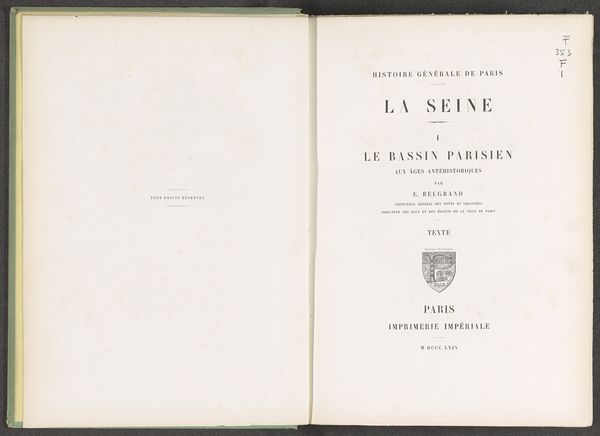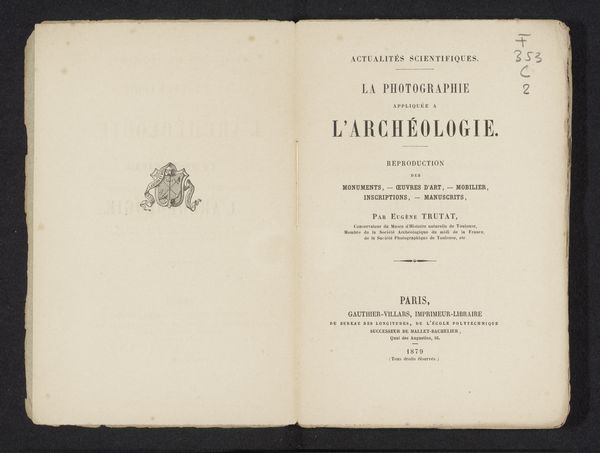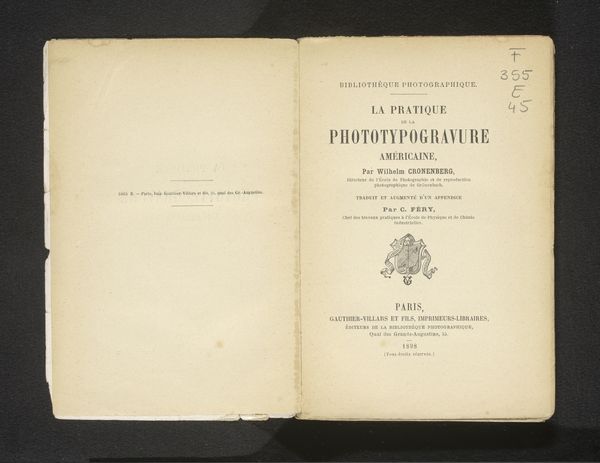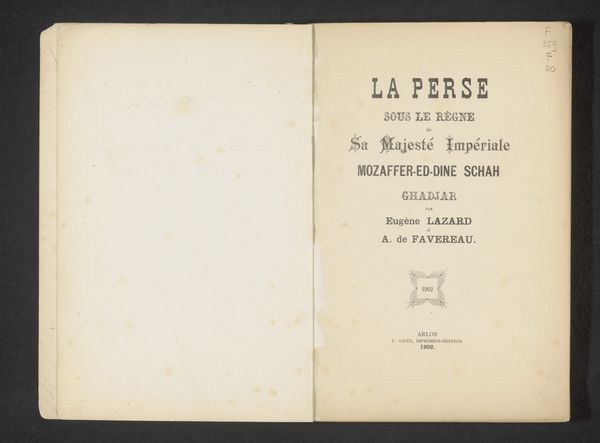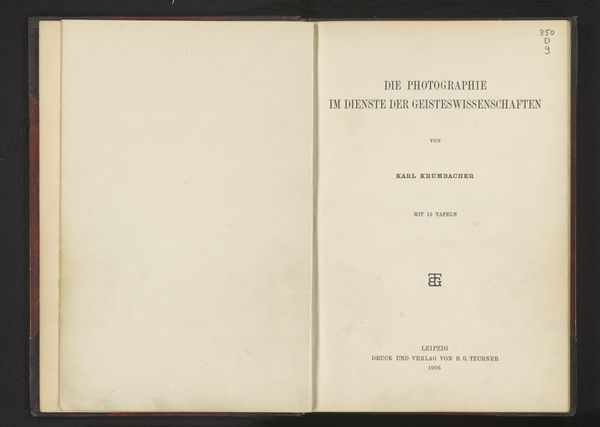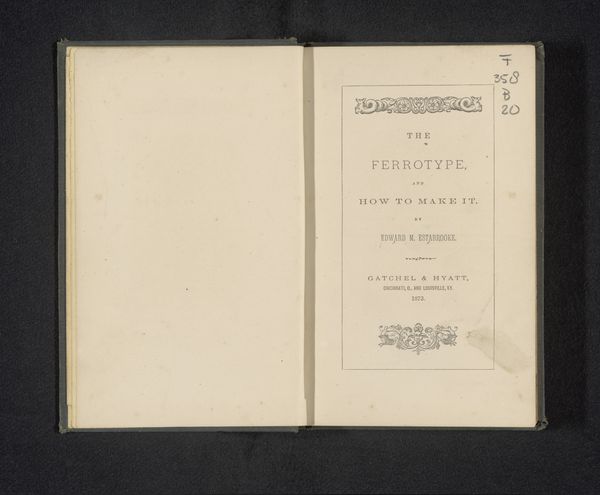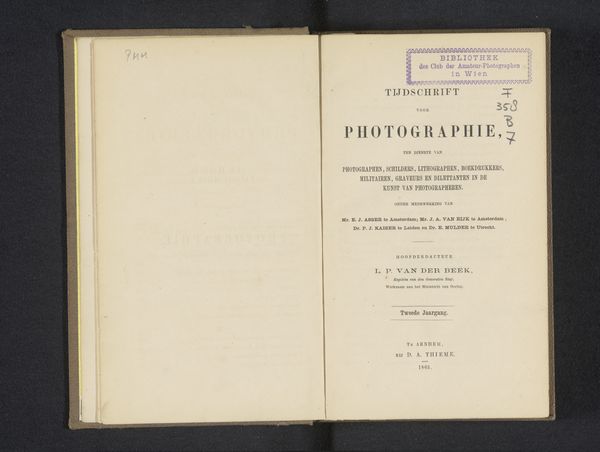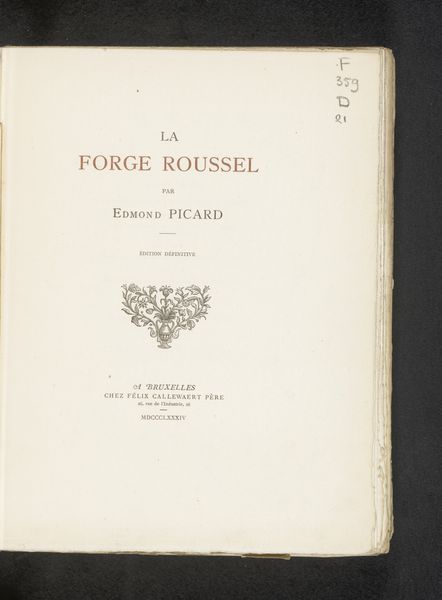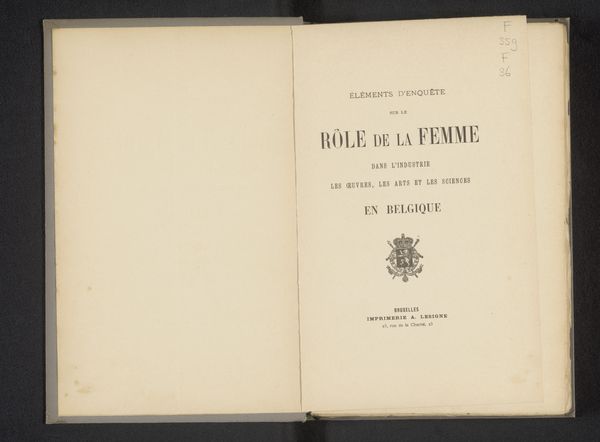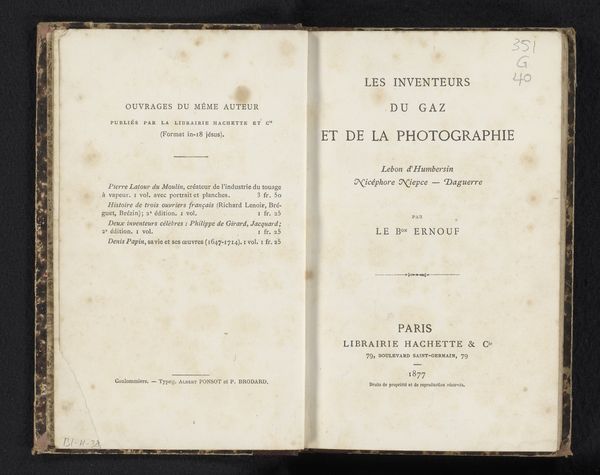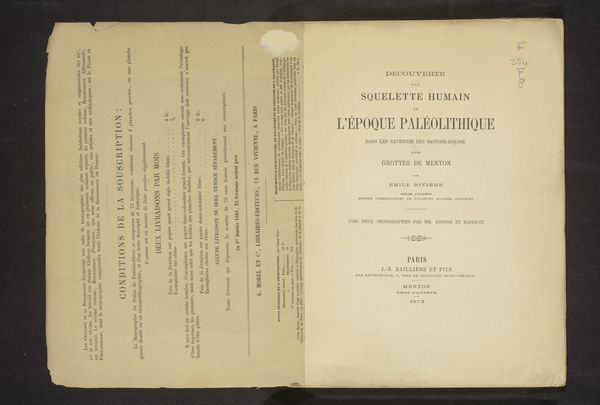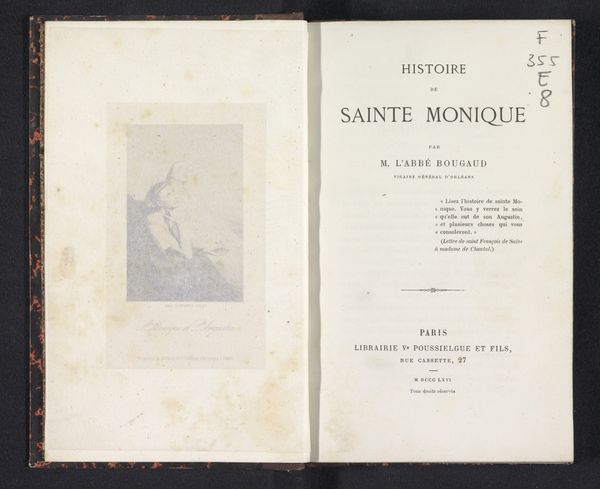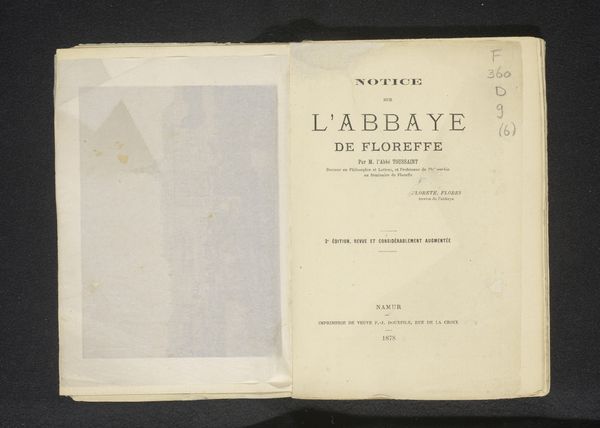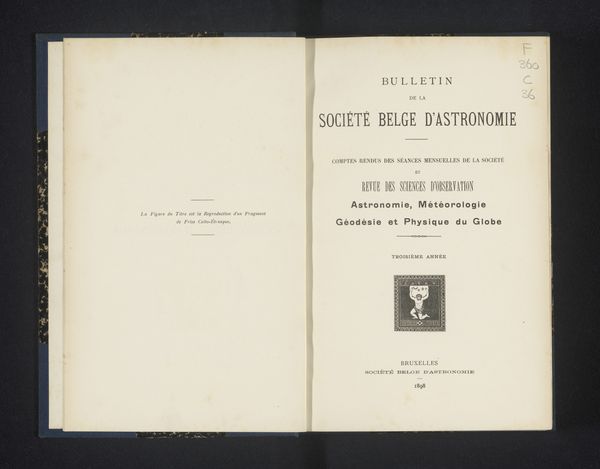
print, photography
# print
#
photography
Dimensions: height 383 mm, width 268 mm, thickness 8 mm
Copyright: Rijks Museum: Open Domain
Curator: Ah, here we have "Souvenirs de Formose et des Îles Pescadores: octobre-novembre 1896" by Kazumasa Ogawa, created in 1896. It's a fascinating phototype print. Editor: Formose... I instantly get a wistful feeling. Like opening a very old, elegant travel journal. It feels... intentionally faded. Is it a longing for something just out of reach? Curator: That’s an interesting reading. Ogawa was at the forefront of photography and printing technology at the time, and his work significantly influenced the visual representation of Japan and its territories. Editor: "Souvenirs…" Memory lane is rarely ever a straightforward road, is it? These aren’t casual vacation snaps. Curator: No indeed. These images likely played a role in constructing and disseminating particular ideas about the region. As prints, they reached a broad audience. They're less about a raw documentary truth and more about crafting an idea of Formosa for viewers. Editor: Which then begs the question, who were these "souvenirs" for, exactly? Whose memories are being curated here? Is there more to the history and significance than simply its surface? Curator: Precisely! We must consider the sociopolitical context. Formosa, now Taiwan, was under Japanese rule during this period. The photographer K. Ogawa captured Formosa after the First Sino-Japanese War and subsequent ceding of Taiwan to Japan in 1895. Editor: Aah, then a little less of “paradise” and probably a whole lot more “we're here now, aren't we grand?" A photographic flexing of power! It makes it sadder to me. It speaks to displacement. Curator: Exactly. The prints were created during the beginning of a new colonial project, where imagery served as a powerful tool. So, in approaching a piece like this, it is very crucial for one to have a very well defined historical viewpoint and contextualization of this. Editor: Right, understanding how it made its way through time shapes everything. Otherwise, all the emotions it creates are meaningless.
Comments
No comments
Be the first to comment and join the conversation on the ultimate creative platform.
